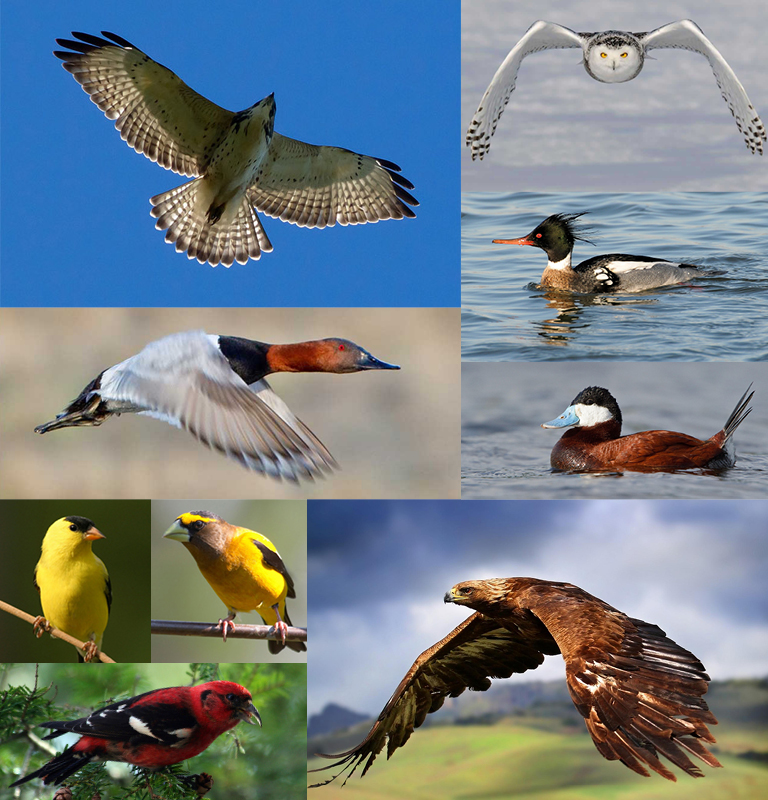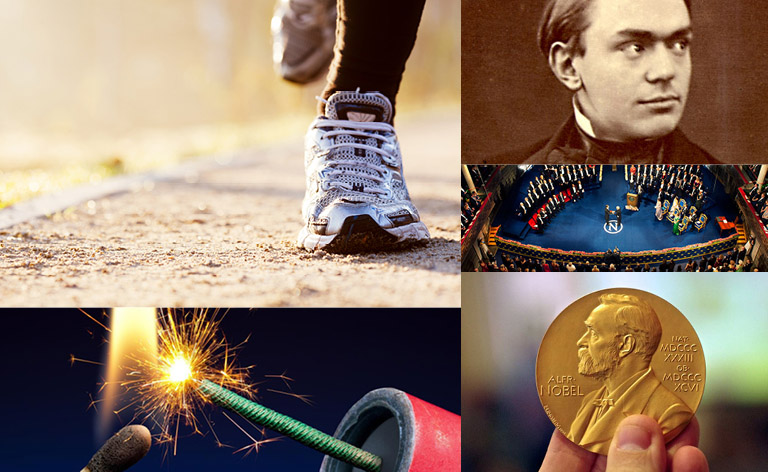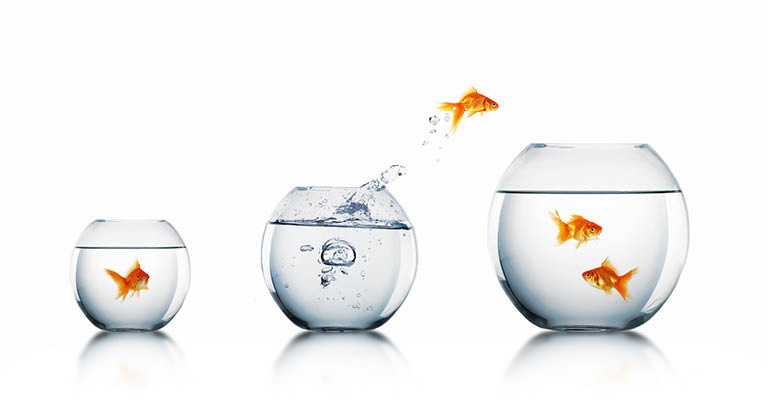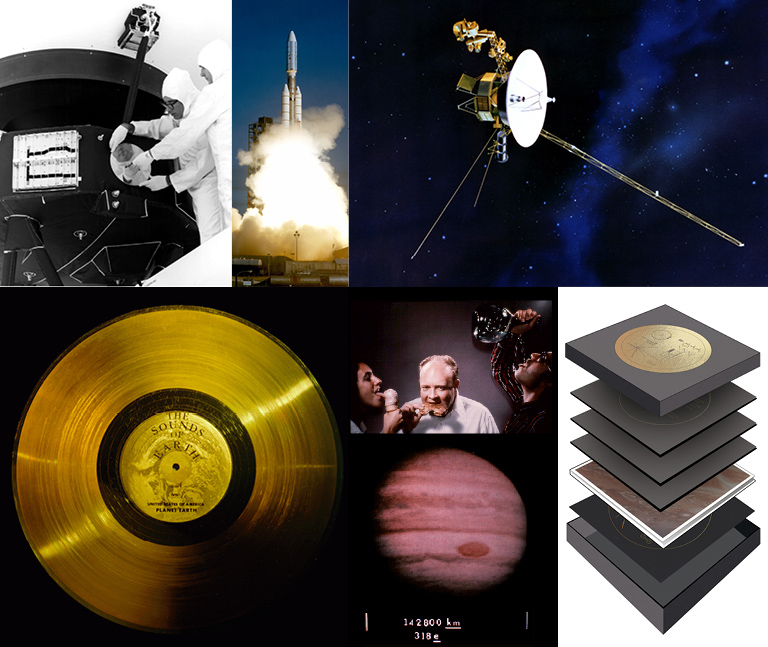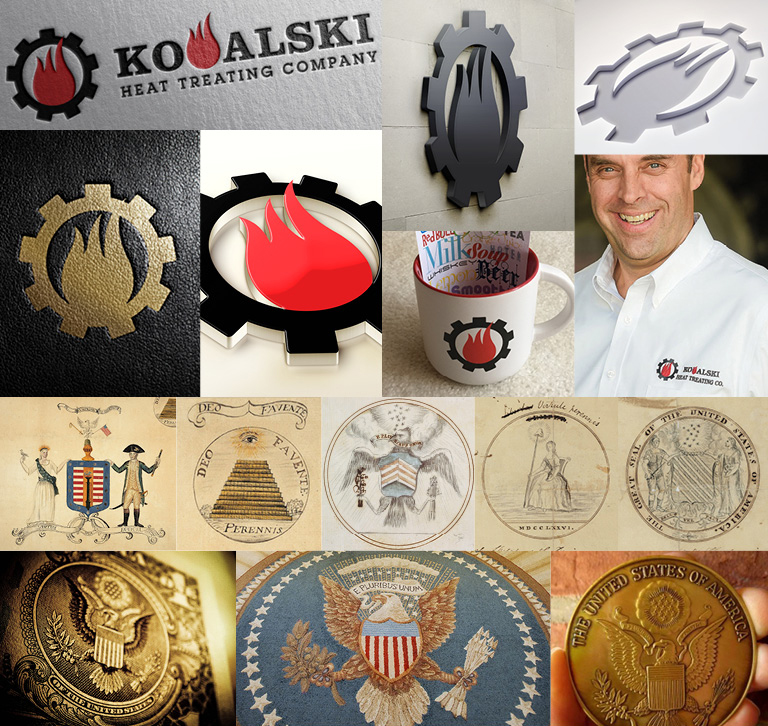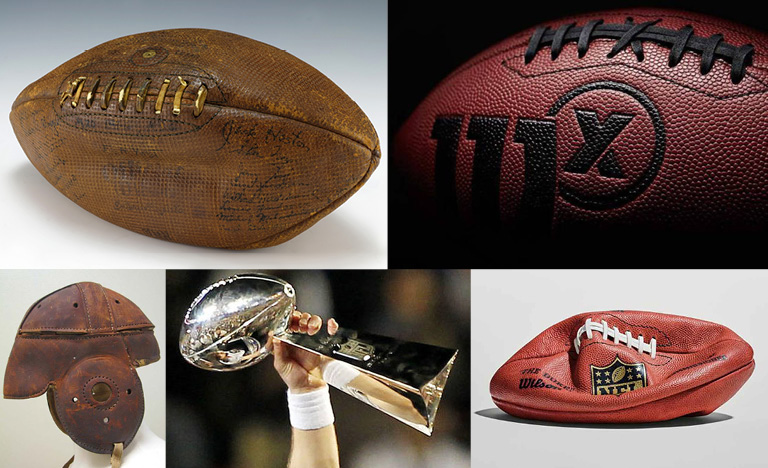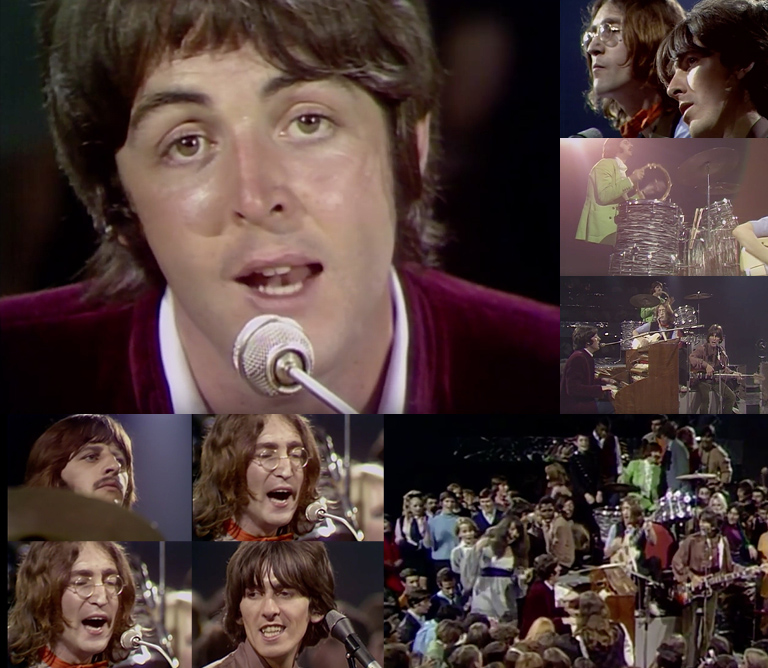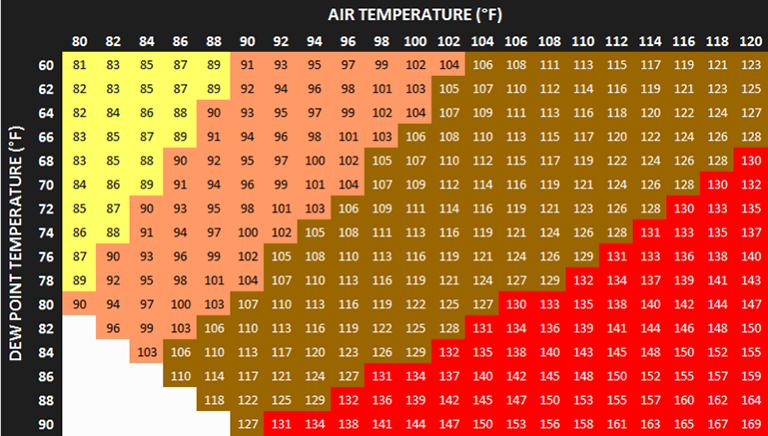It’s “Chowda” Time
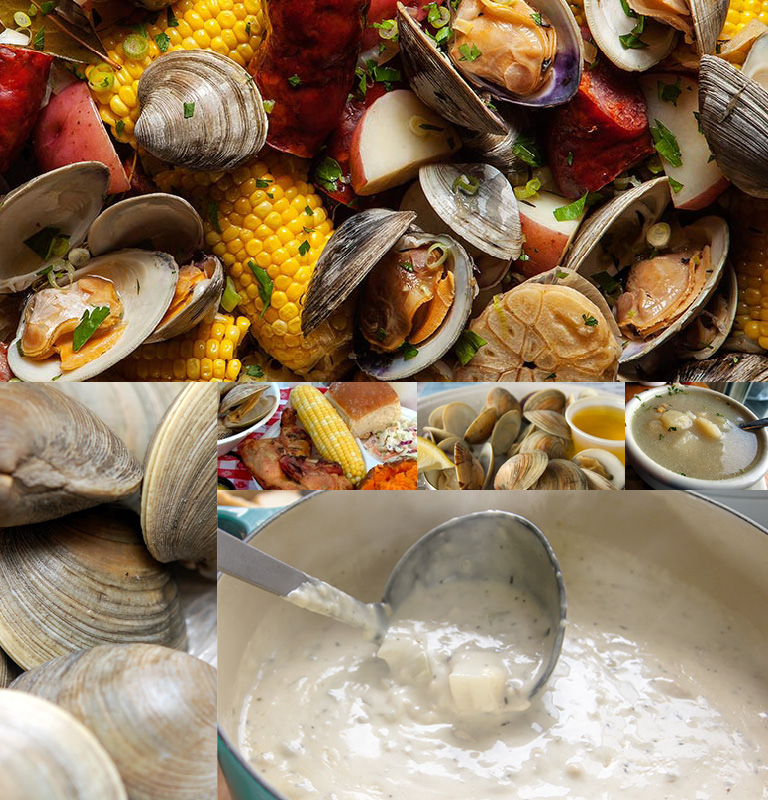
On any fall day this month, if you are lucky enough, and in the right location (at the park, a church parking lot, or your own backyard), the air is filled with the aroma of the Atlantic Ocean – soft ‘n salty clams steaming in pots, alongside sweet potatoes, chicken, the last of the season’s corn and jugs filled with savory broth from the spigot, all waiting to be eaten and enjoyed. Around here, it’s Clambake time, and I love it.
Growing up, Dad loved to put on clam bakes for the family. My brothers and sisters would have contests on who could eat the most clams! I can only say I stopped counting once I hit the 6th dozen! The table would be piled high with the shells and there was nothing like the “chowda” that went along with it. As we have all grown up, a new tradition has been born, we try to get together annually for a clambake prior to Thanksgiving. This allows time for all of us siblings (and extended family) to reminisce and catch up at the same time. I can no longer hit the 6 dozen mark and that’s ok! The leftovers make wonderful chowder or sautéed in butter with a pinch of garlic! YUM
As you’d probably expect, clams, along with other shellfish such as oysters and mussels, have a worldwide audience. But because of peak clam sales here in September and October, Northeast Ohio is considered the fall clambake capital of the country. Churches, restaurants, fire departments, neighborhoods, veteran’s groups, cheerleaders, and families big and small all get into the act. According to the professionals who buy and sell clams, our area is a hotbed this time of year, according to John C. Young of Euclid Fish Co., a third generation fishmonger whose grandfather unloaded rail cars bearing iced-down barrels of clams from the shore. And Chesapeake Bay waterman Chad Ballard, the largest clam producer on the East Coast, agrees with all of them. We’re the top market in the fall for his product – not Chicago, Boston or New York, which have their clambake peaks in late summer. Say Ballard, “From our perspective, the volume is incredible. The northeast part of the country buys all year round, but in fall, no one comes close to NE Ohio.
Some attribute it to our origins as a kind of second Connecticut, since the “Western Reserve” lands in the northeast corner of Ohio were given to those veterans of the Revolutionary War. Others think it’s our mighty pre-election clambake ritual, when politicians use clams to lure constituents. And others think it’s just what’s needed before the chilly weather sets in for good. Here are some interesting facts:
- While our love for the double-shelled food has held steady, clams themselves have changed. A growing number of them – 80 percent by some estimates – are now farm-raised. In a world where farm-raised seafood has a checkered reputation, clams stand out as not just a good thing, but also a necessary one.
- Our appetite for oysters, once rivaled our love for clams. In the early 1900s, tens of thousands of gallons of oysters were consumed annually in Cleveland alone, including by families who cooked them at home.
- The 1914 food section of The Plain Dealer was filled with reader suggestions on how to prepare them: In fritters, baked, sauced, wrapped in bacon, stuffed in a loaf, deviled, panned, scalloped, in soup and chowder, a pie, a hot cocktail. (“Hot” then meaning temperature, not spice.) “Inexhaustible seem the disguises of the festive oyster, to judge by the great variety of modes in which Women’s Exchange contributors serve the bivalve up,” read a story about a recipe contest.
- Cleveland had restaurants devoted exclusively to shellfish menus. At a Cleveland shop called “The Ocean,” one story said, “oysters may be purchased by the barrel or hundred; bucket and count oysters by the hundred, quart or gallon.”
- In an 1899 shucking contest downtown, the winners opened more than 50 oysters in about five minutes.
- In 1900, the Fifth District Republican Club had its first clambake at its headquarters on Woodland Avenue. Recounted The Plain Dealer: “The bake was very successful in every way and about 200, who evidently brought their appetites with them, sat down to devour the festive clam and all that is good that goes with it.”
- In 1906, the golden-era mayor Tom Johnson showed up with 1,200 others to the Buckeye Club’s Clambake at “Giesen’s Gardens on Pearl Street,” which raised money for band uniforms for their Cedar Point appearances.
- Back in the day, most clams were harvested by hand rakes. Now, because of so many environmental changes, many of them are grown from egg. One-inch seedlings are sprinkled in the water and covered with netting to protect them from predators.
- When full size, clams are gathered by hydraulic rakes and sometimes stored to help clean out grit. Wet storage also keeps inventories high and prices regulated.
- The largest clam ever recorded was found in Okinawa in 1956, it weighed 750 pounds.
- Hard shell clams can live to over 40 years if they can avoid humans, fish, starfish, crabs, birds and other predators.
- In October 2007 a team of British marine biologists working north of Iceland dredged up what may have been the world’s oldest living animal–an Ocean Quahog clam from 250 feet deep turned out to be over 405 years old. Unfortunately, they realized the clams extreme age only after they had cut through its shell to count its growth rings.
- Early French immigrants to Canada made a hearty soup called chaudree from salt pork and fish. (Chaudree derives from the Latin calderia ‘caldron’.) When chaudree crossed the Canadian border and moved down the eastern seaboard of the United States, “chowder” American style came into being. Maine, ever practical and plain, fostered a simple chowder using pure water, clams, salt pork, and of course, potatoes.
- The dairy-rich state of Massachusetts chose to make its brand of chowder with milk, while Manhattan and Connecticut versions added tomatoes. Thus started the famous food controversy, still, if ever-to-be settled, as to whether chowder should be made with tomatoes.
- According to the Father Willy, a clam veteran, “It’s a Cleveland thing – They just don’t do this everywhere.”

